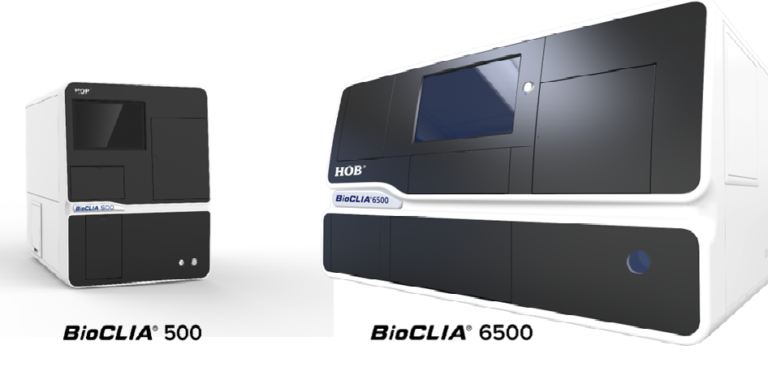Cortisol ELISA Test: A Comprehensive Overview
Introduction to Cortisol
Cortisol, often referred to as the “stress hormone,” plays a critical role in the body’s response to stress. It is produced by the adrenal glands and is vital for regulating various functions, including metabolism, immune response, and blood pressure. An imbalance in cortisol levels, whether too high or too low, can lead to health issues such as Cushing’s syndrome or Addison’s disease. Hence, accurate measurement of cortisol levels is essential for diagnosing and managing such conditions. One of the most reliable methods to assess cortisol levels is the Cortisol ELISA Test.
What is a Cortisol ELISA Test?
The Cortisol Enzyme-Linked Immunosorbent Assay (ELISA) is a biochemical technique used to detect and quantify cortisol levels in biological samples such as serum, plasma, urine, or saliva. It leverages the antigen-antibody reaction, a highly specific interaction, to provide precise measurements of cortisol concentration.
How Does the Cortisol ELISA Test Work?
The ELISA test uses antibodies that specifically bind to cortisol molecules. Here’s an overview of the general procedure:
- Sample Preparation: A small volume of the sample (serum, saliva, urine, or plasma) is collected.
- Antigen Binding: The sample is added to a microplate coated with antibodies specific to cortisol.
- Enzyme Reaction: A secondary enzyme-linked antibody binds to the cortisol-antibody complex. This enzyme reacts with a substrate to produce a measurable signal, often a color change.
- Detection and Quantification: The intensity of the color or signal is directly proportional to the amount of cortisol in the sample. This is measured using a spectrophotometer.
Importance of Cortisol Measurement
The Cortisol ELISA Test provides valuable insights into the functioning of the adrenal gland and overall stress response. It is commonly used to:
- Diagnose Disorders: Conditions like Cushing’s syndrome (high cortisol levels) or Addison’s disease (low cortisol levels) can be accurately diagnosed using this test.
- Monitor Stress Levels: Chronic stress can lead to imbalances in cortisol. Measuring cortisol can help monitor stress management or the effectiveness of therapeutic interventions.
- Track Hormonal Fluctuations: For individuals undergoing treatment for hormonal imbalances, the test helps track cortisol changes and adjust treatment plans accordingly.
Advantages of the Cortisol ELISA Test
- High Sensitivity and Specificity: The test is extremely sensitive, detecting even minute quantities of cortisol.
- Non-invasive Options: Samples like saliva or urine can be used, making it a patient-friendly, non-invasive procedure.
- Rapid and Reliable: With results typically available within a few hours, it offers a quick turnaround, helping healthcare providers make timely decisions.
- Cost-effective: Compared to other cortisol measurement methods, the ELISA test is more economical without compromising accuracy.
Applications in Research and Clinical Settings
Beyond diagnosing adrenal disorders, the Cortisol ELISA test is widely used in research to understand the physiological effects of stress, circadian rhythm studies, and to evaluate the impact of various treatments on cortisol levels.
Researchers utilize the test to investigate how factors like sleep deprivation, exercise, and psychological stress influence cortisol production. In clinical settings, endocrinologists, psychiatrists, and general practitioners use the test to monitor adrenal health and stress response in patients.
Sample Types for Cortisol Testing
- Serum/Plasma: Provides an accurate reflection of circulating cortisol levels and is the most common sample type.
- Saliva: Non-invasive and reflects the biologically active (free) cortisol levels.
- Urine: Measures total free cortisol over a 24-hour period, offering insights into daily cortisol production.
Interpretation of Results
The normal range of cortisol levels varies depending on the time of day due to the hormone’s circadian rhythm. Cortisol is generally highest in the early morning and lowest at night. Results from the ELISA test must be interpreted in conjunction with the patient’s symptoms, medical history, and other diagnostic tests.
- High Cortisol Levels: May indicate conditions like Cushing’s syndrome, chronic stress, depression, or hyperthyroidism.
- Low Cortisol Levels: Could suggest Addison’s disease, adrenal insufficiency, or hypothyroidism.
Conclusion
The Cortisol ELISA Test is a crucial tool in the diagnosis and monitoring of conditions related to abnormal cortisol levels. Its precision, ease of use, and non-invasive nature make it a valuable resource in both clinical and research settings. With the growing understanding of the role cortisol plays in overall health, the ELISA test continues to be instrumental in advancing personalized medicine and stress-related research.







